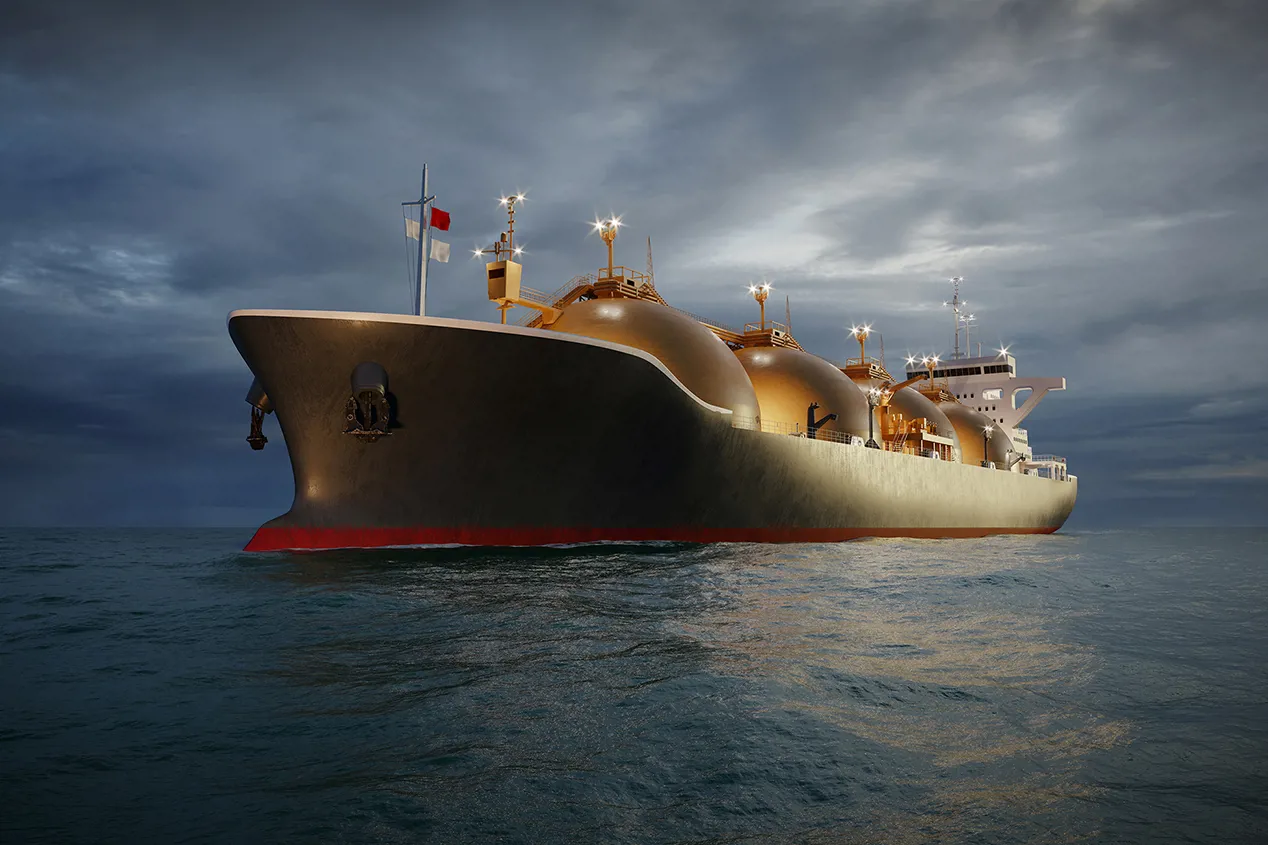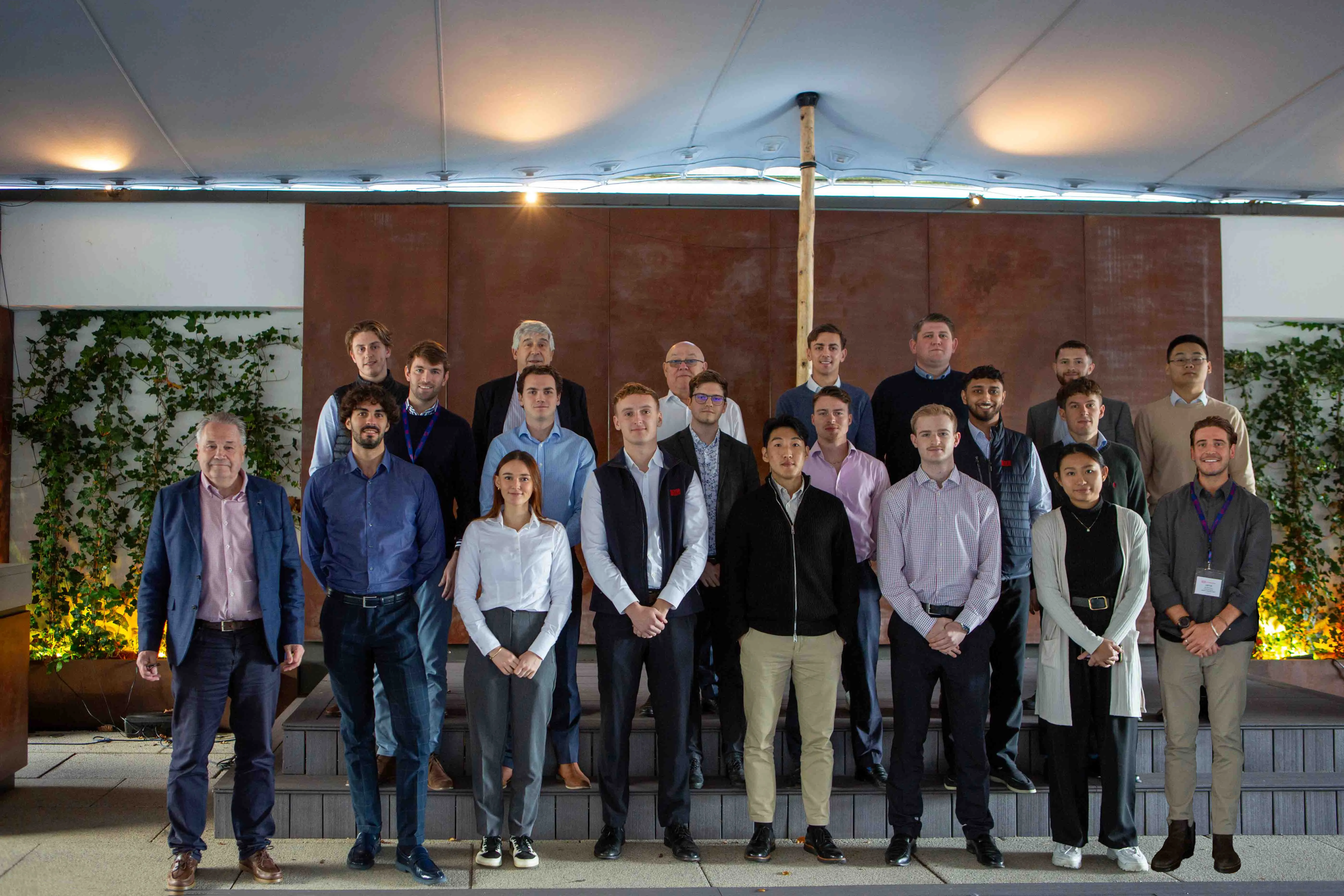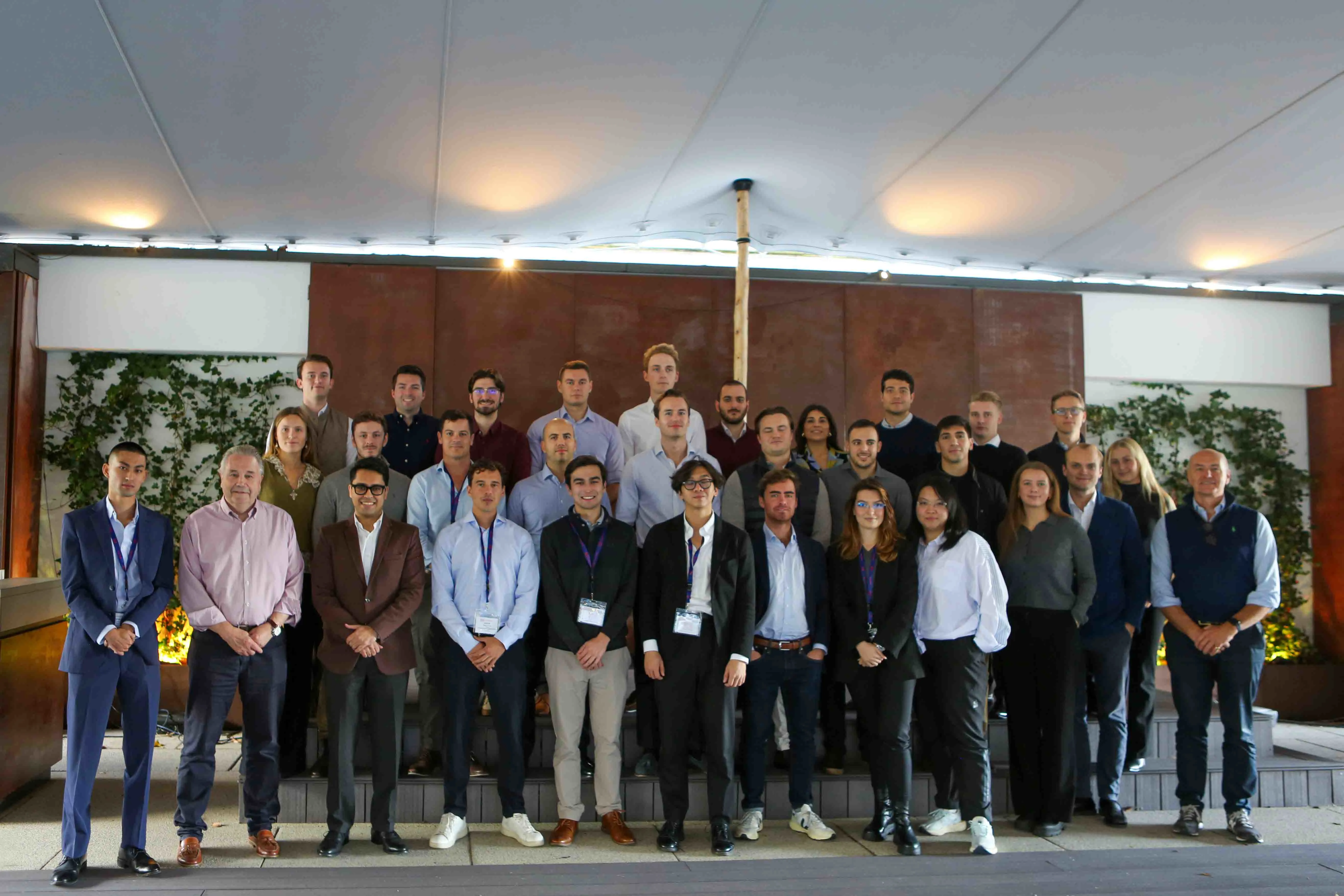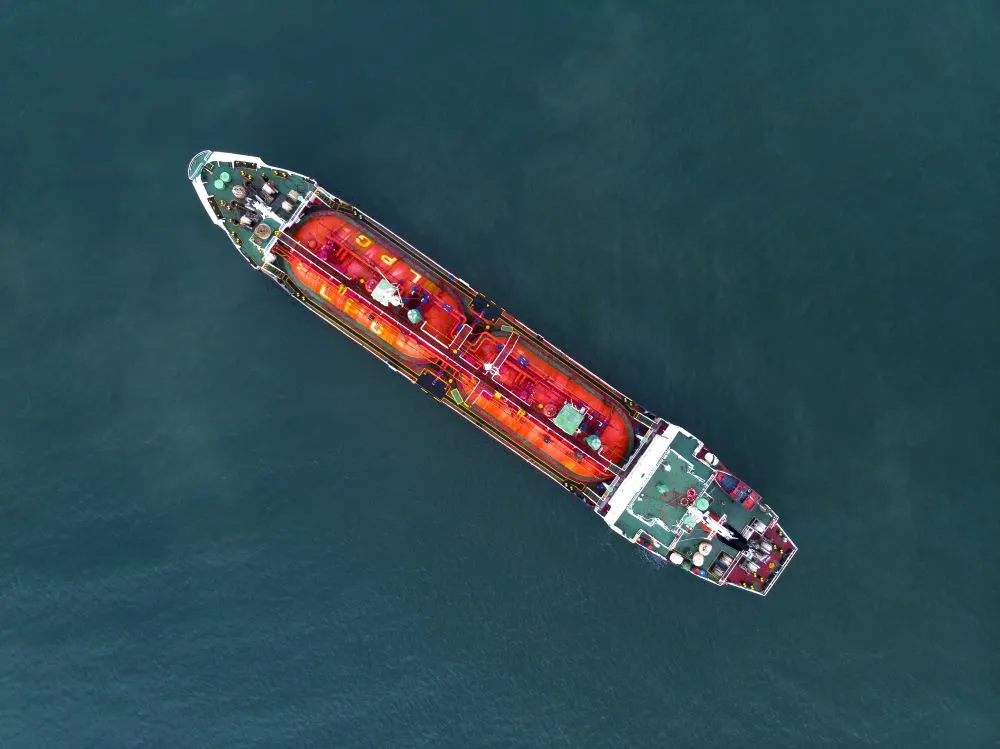
Clarksons and Hydrogenious LOHC Technologies spearhead green hydrogen maritime supply chain offering
Clarksons Specialised Products is pleased to announce that it has signed a Memorandum of Understanding (MoU) with Hydrogenious LOHC Technologies, a German pioneer in Liquid Organic Hydrogen Carrier (LOHC) technology, to collaborate on a roadmap to establish a maritime supply chain for the bulk transportation of green hydrogen in chemical tankers using Hydrogenious' LOHC technology.

What are the carbon storage awards and what does it mean for shipping?
In 2019, the UK government committed to a 100% reduction in greenhouse gas emissions by 2050 compared to 1990 levels. This net zero target, aimed at tackling climate change, has prompted significant developments in the country’s carbon capture and storage (CCS) efforts. In September 2022, the latest round of NSTA licence applications closed, with the details of awarded licences confirmed in September 2023.

Dry Cargo division establishes new team in Rio de Janeiro to expand South America presence.
Clarksons Dry Cargo division is delighted to announce an extension to its offering with the establishment of a new four-person team in Rio de Janeiro.

Cheers for Dutch CCS Project FID
There were cheers, literally, from the audience at the recent Carbon Capture & Storage Association (CCSA) conference in London when news broke that midstream player Gasunie and its fellow Dutch state-controlled partners had taken FID on the E1.3 billion Porthos CO2 transport and storage venture, the most advanced carbon sequestration project in the Netherlands.

Tanker Week 2023: Back in business!
Clarksons annual Tanker Week training course returned this November after a three-year break. Run over four days, the course provided insights on a broad range of commercial, legal, financial, regulatory and technical aspects of the global tanker industry.

Emerging Players and Projects in UK Carbon Storage
In September 2022, the most recent round of NSTA licence applications closed. Reports have been circulating since late this spring about the likely awardees, but it was only a year later, in September 2023, that details were finally confirmed.

Dry Cargo Shipping Diploma 2023: Enter the dragons…
This year’s Dry Cargo Shipping Diploma, also known as The Jon Marshall Lectures, held at Commodity Quay was attended by a record number of 29 participants. The highly regarded programme is focused on the global dry cargo shipping industry covering a variety of areas including commercial, legal, financial, regulatory, operational and technical aspects.

Clarksons joins CCSA to help drive CO2 shipping solutions and evolution of the sector
We’re pleased to announce that Clarksons is now a member of the Carbon Capture & Storage Association (CCSA). With a growing decarbonisation drive, CO2 is coming into much greater focus for the Clarksons Gases division, which has been at the forefront of LPG, LNG, Ammonia, and Petrochemical Gas shipping for more than five decades.

Seaborne transportation of CO₂ lies in the hands of the politicians
Why understanding and monitoring political aspects is crucial for CCS projects...

Europe's Future in Chemical Production: How Will This Impact The Chemical Fleet?
The European Petrochemical Association (EPCA) meeting in Vienna late last month saw the industry come together at the nexus point between a very challenging 2023 and the uncertainty awaiting the market in 2024. In this report, we will focus on some of the key topics that were under discussion, and how these will impact the chemical tanker sector in terms of tonnage demand and trade flows next year.

Clarksons and Green Giraffe seminar highlights positive prospects for the offshore wind industry
Industry experts convene at London HQ to address challenges and explore opportunities amid turbulent times. Amidst a summer characterized by uncertainty for renewable energy investors, this seminar served as a beacon of hope by offering a comprehensive analysis and discussing strategies to navigate the challenges.

The Power of Smart Procurement and Ethics in Offshore Wind
This article explores the power of smart procurement and ethics in offshore wind development and the role that vessel brokers and marine advisors, play in optimising project outcomes while also driving sustainable growth.

